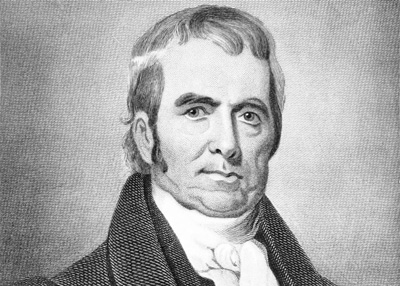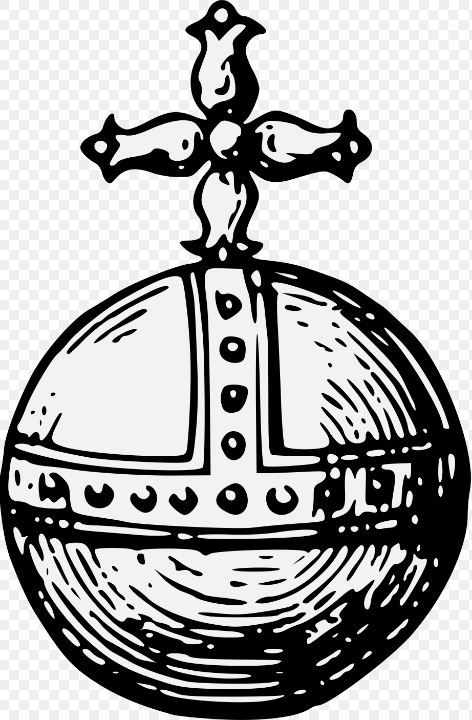
In 1975, the 9th graders returned to Roosevelt, and Marshall was used to house offices as well as two special education classes from Roosevelt.
-39939.jpg)
The building held 700 students in 1971-72, but two years later, the number had fallen to 500. Many of the students at Roosevelt M (for Marshall) went to the main campus for music and foreign language classes. The junior high school closed in June 1971.įrom 1971 to 1975, Marshall was used as a 9th grade annex for Roosevelt High School. When Interstate 5 passed through a portion of the school property in the early 1960s, it divided the school's attendance area and altered the character of the neighborhood, resulting in an enrollment drop. Ray Crum, the second principal, served from 1942 to 1967.Įnrollment peaked around 1,450 from 1955 to 1957. He was principal at Marshall until spring 1942. Kniseley who had previously served as principal at Green Lake School from 1906-27. Marshall had only two principals in its first 40 years of operation. Special education classes were expanded in 1967 with the addition of mentally and emotionally handicapped students. In 1942, a center for the deaf and hard-of-hearing was established at Marshall for junior high students from throughout the district. For sports fields, the students walked the short distance to Green Lake Playfield. Students were assigned from University Heights, McDonald, Green Lake, and Fairview. The building was designed in the 20th century Georgian style with red bricks and gray stone. The school was named for the Chief Justice of the U.S. Over 20 years later (1924-25), the Seattle School District purchased the same site as the location for a new intermediate school. The portable closed in June because a new Green Lake School would be opening in September. Green Lake School was overcrowded at the start of the 1901-02 school year, and the first of two annexes was opened along Ravenna Boulevard, between 68th and 69th Streets, for two classes in grades 1-4. Some of the buildings profiled are historic, some of recent vintage, and many no longer exist (new names and buildings not included in these profiles from 2000 have been added), but each plays or has played an important role in the education of Seattle's youth. It should be noted that these essays are from 2000.

The profiles from the book are being made available as People's Histories on courtesy of Seattle Public Schools.

That book, published in 2002 by Seattle Public Schools, compiled profiles of all the public school buildings that had been used by the school district since its formation around 1862. This People's History of John Marshall Intermediate School is taken from Building for Learning: Seattle Public School Histories, 1862-2000 by Nile Thompson and Carolyn J.


 0 kommentar(er)
0 kommentar(er)
